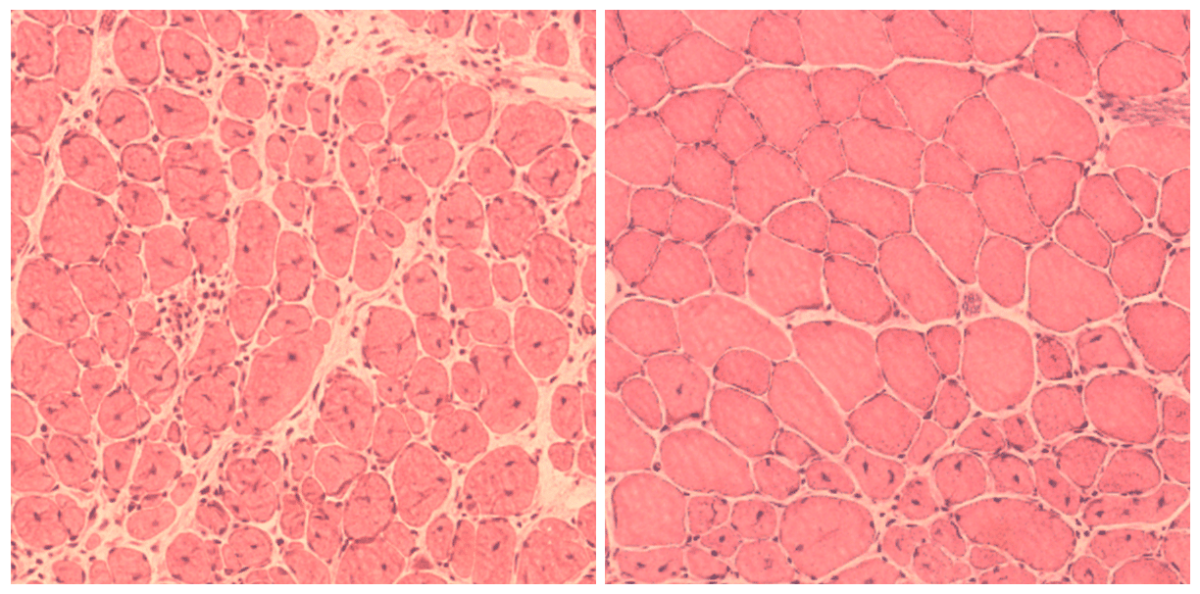
Cellular Aging
When old age comes, you’ll know it. In addition to telltale signs like greying hair and wrinkled skin though, age comes coupled with an increased risk of age-related diseases. This is why scientists have been studying how aging, which happens on a cellular level, could be halted or even reversed. The latter is the direction researchers at the Salk Institute want to take.
Their research looks into the possibility of replicating stem cell-like conditions through intermittent expressions of genes usually associated with an embryonic state in order to reverse the signs of aging.
“Our study shows that aging may not have to proceed in one single direction,” says senior author Juan Carlos Izpisua Belmonte, Salk Gene Expression Laboratory professor. “It has plasticity and, with careful modulation, aging might be reversed.”
The team’s research is published in the journal Cell.
The researchers prompted cellular rejuvenation through cellular reprogramming that activates the expressions of four genes known as the Yamanaka factors. This process converts cells into induced pluripotent stem cells (iPSCs), — which behave like stem cells, capable of becoming any cell type and can divide indefinitely.
The approach produced promising results: human skin cells in a dish looked and behaved young again, and mice with premature aging disease were rejuvenated with a 30% increase in lifespan.

Getting it Out of the Lab
“What we and other stem-cell labs have observed is that when you induce cellular reprogramming, cells look younger,” says Alejandro Ocampo, a research associate and first author of the paper. “The next question was whether we could induce this rejuvenation process in a live animal.”
Of course, iPSCs aren’t necessarily a good thing, especially for adults — after all, non-stop cellular division is a cancer-like behavior and suddenly turning cells young again could result in organ failure.
The team did, however, test the technique on a rare genetic disease called progeria, found in both humans and mice. In the end, they developed a way to induce the Yamanaka factors for a short duration, which was enough to modify the epigenetic marks — which partially drive aging — prematurely dysregulated in progeria.
“[We] now show, for the first time, that by expressing these factors for a short duration you can maintain the cell’s identity while reversing age-associated hallmarks,” said author Pradeep Reddy. The process itself needs to be tested before it can go into actual human trials, and the Salk researchers think it would take about 10 years before it could happen.